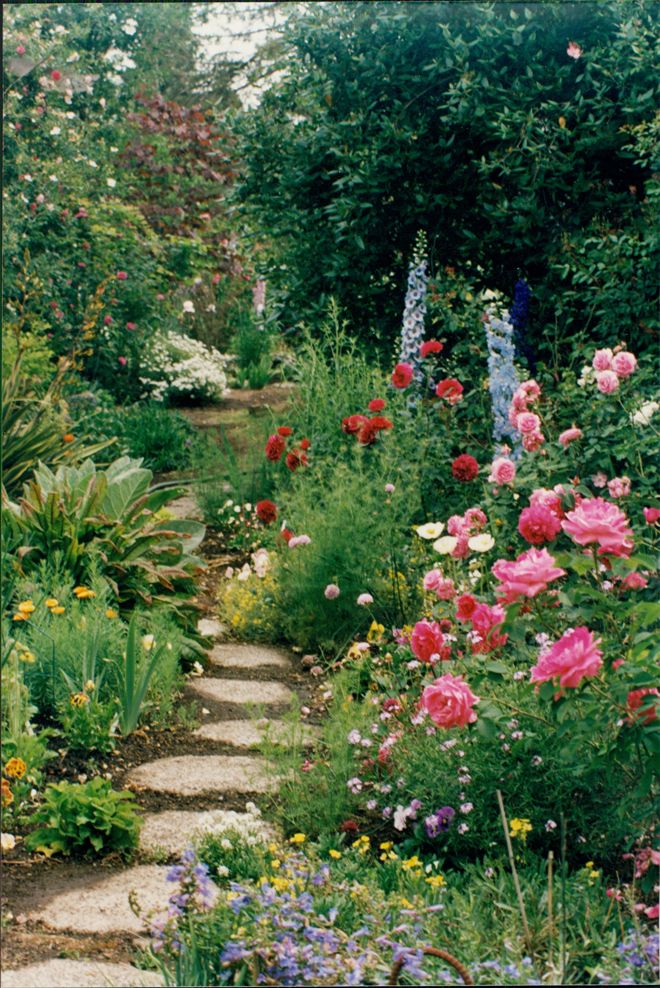Flower gardens are a beautiful addition to any outdoor space, providing a burst of color and fragrance that can brighten up even the dullest of days. Whether you have a large backyard or a small balcony, you can create your own little oasis with a carefully planned flower garden.
One of the key factors in creating a successful flower garden is choosing the right location. Most flowers require plenty of sunlight to thrive, so look for a spot in your yard that receives at least 6 hours of direct sunlight each day. Make sure the area also has good drainage to prevent waterlogging, as most flowers do not do well in waterlogged soil.
Once you have chosen a location, it’s time to start planning your flower garden layout. Consider the height, color, and bloom time of the flowers you want to include in your garden to create a visually appealing and well-balanced design. You can also incorporate other elements like shrubs, trees, and decorative rocks to add variety and interest to your garden.
When it comes to planting your flower garden, make sure to prepare the soil properly by loosening it and adding organic matter like compost or fertilizer. This will provide your flowers with the nutrients they need to grow healthy and strong. Plant your flowers at the right depth and spacing, following the instructions that come with the plants or seeds.
Watering is a crucial aspect of maintaining a flower garden, especially during hot and dry weather. Make sure to water your garden regularly, keeping the soil moist but not waterlogged. Mulching can help retain moisture in the soil and suppress weeds, so consider adding a layer of mulch to your flower garden.
Lastly, don’t forget to regularly deadhead your flowers to encourage new growth and prolong the blooming period. Remove any faded or wilted flowers to prevent them from going to seed and to keep your garden looking fresh and vibrant. With proper care and maintenance, your flower garden will be a source of joy and beauty for years to come.
















